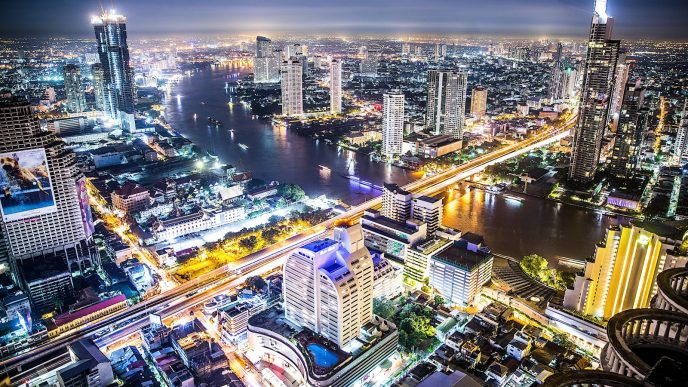Entrepreneur Spencer Schar has travelled the world for business and pleasure, having visited 24 countries in total. This article will provide scheduling tips for time-poor travelers, helping them to fit more trips and adventures into their busy lives.
For most people, holidays like Memorial Day and Labor Day mean a three-day weekend. When holidays fall on a Tuesday or Thursday, this can even stretch out to four days off work, presenting the ideal opportunity for a short trip. In addition, with the onus on employers to show more flexibility, many businesses also allow their employees to put in extra hours during the week, enabling them to escape early on Friday.
For those who only have the weekends to travel, planning trips for destinations within a few hours of home presents an achievable means of enjoying both day trips and overnight stays. Although many associate travel with international destinations or big trips, in reality, most people have interesting attractions well within reach, be it a larger city like Washington just next door or a two-hour drive to the beach. Spending a day as a tourist in a nearby city or town can be an affordable yet surprisingly enjoyable way of spending the weekend, helping local people to learn more about their hometown and community, appreciating the exciting activities and attractions they overlook in their busy day-to-day lives.
Research from the Bureau of Labor Statistics reveals that the average full-time US employee is granted just over eight vacation days annually. Rather than allowing vacation days to be eroded by chores and housework, tagging them onto holidays and long-weekends is an effective means of extending vacation time, enabling time-poor workers to venture further afield. Adding those eight days of vacation to weekends brings the total number of potential travel days to an impressive figure of over 100 days annually, a figure that rises still higher when holidays and three-day weekends are added in. Although this figure is not continuous, it still adds up to almost four months of potential travel time per year, presenting ample opportunity to get away if used wisely.
Rather than trying to see and do everything while on vacation, it is important for travelers to plan their trip realistically, maintaining achievable goals rather than trying to cram everything in. Sticking to just one or two places opens up time and opportunity to savor attractions and activities properly rather than being overburdened by trying to keep pace with an unrealistic itinerary.
For those whose occupation involves business travel, this can present an ideal opportunity to explore new locations. Paying for accommodation and extending your stay over the weekend can be an affordable and enjoyable means of discovering new cities.
Rather than defining travel in terms of how many miles the destination is from home, focusing on exploring and experiential travel opens up a world of opportunities. Visiting nearby national parks, landmarks, and cities can be a great way of using vacation time. For solo vacationers, travel not only presents an opportunity to learn more about new places and people but also about themselves too. In addition, solo travelers can spend their vacation time just as they please, without needing to cater for a companion’s wants and needs.
As with everything in life, carving out vacation time is all about priorities. There are certain obligations in everyone’s day-to-day lives that take up time. However, when an individual really wants something, they find a way to make it happen. Although most people associate travel with big, expensive trips to faraway destinations, in reality, many people benefit from world-class attractions within easy reach. With 108 potential travel days per year, those who make travel a priority can affordably enjoy more time away.








